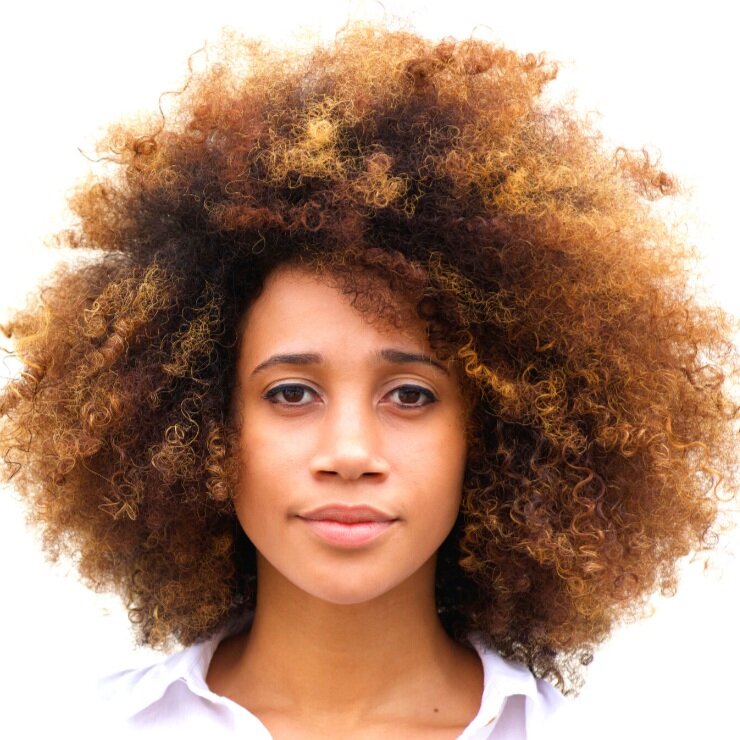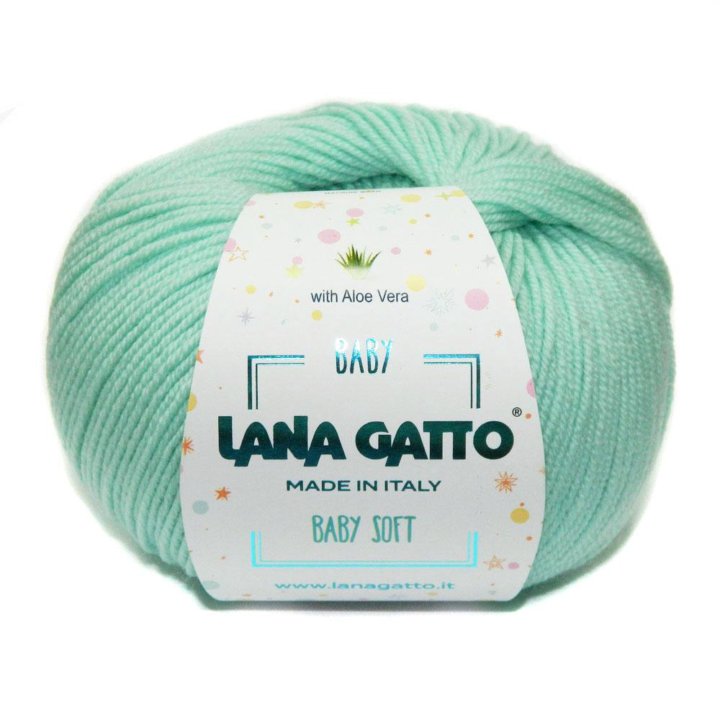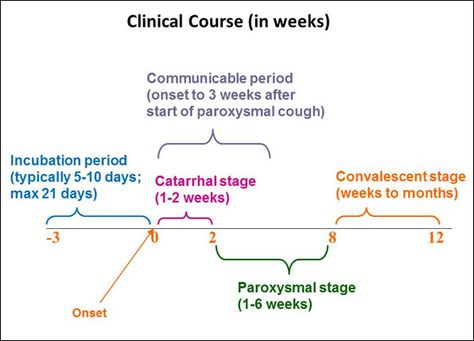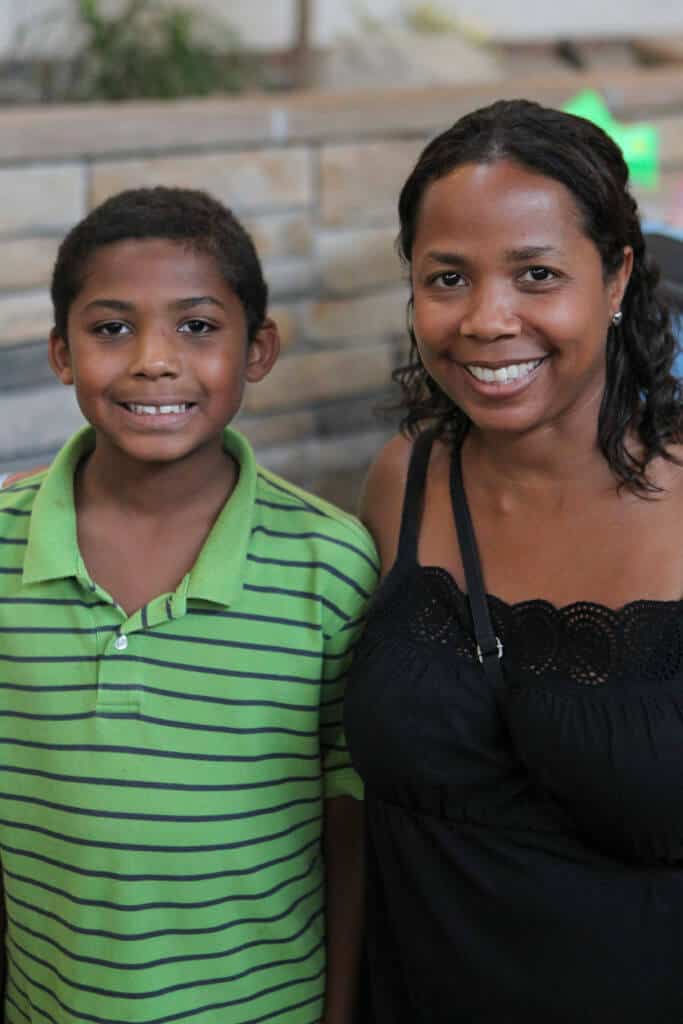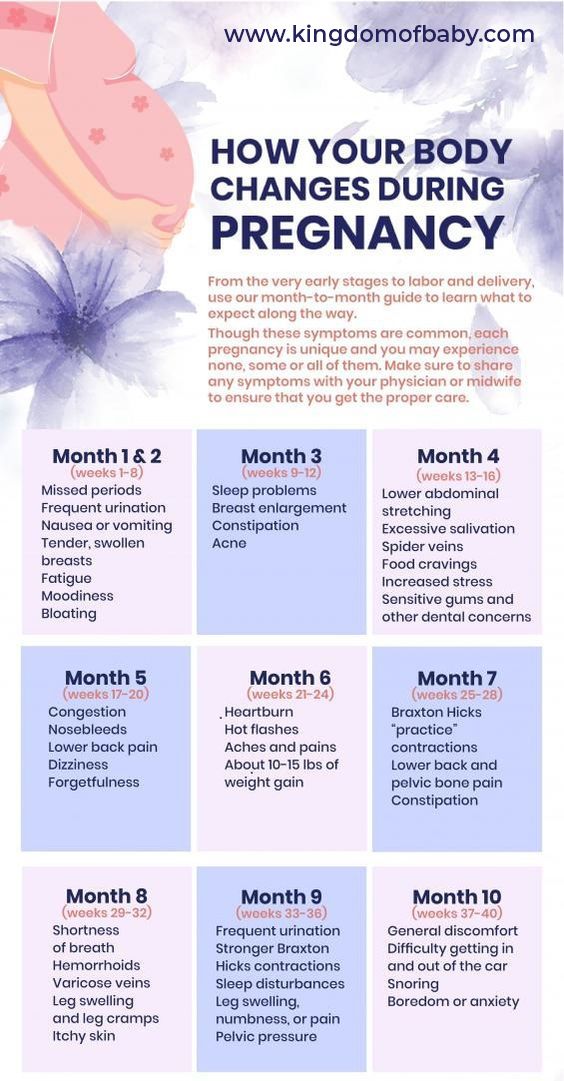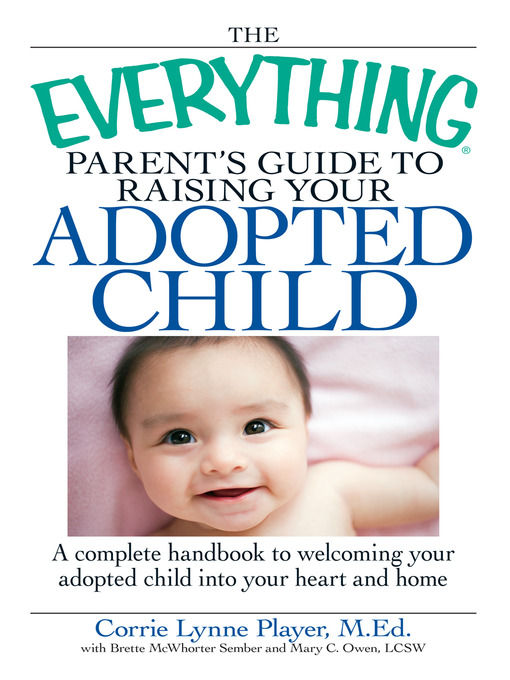How to make your child hair grow faster
10 Easy Ways to Make Your Child's Hair Grow Faster – Healthy Roots Dolls
Healthy hair is a goal for all naturals and, for some length, is just as important. Your hair is always growing, but sometimes you may not see the length of you or your mini’s hair for multiple reasons. The average amount of hair growth is ½ inch per month, which is 6 inches in a year.
A person’s age and hair type contribute to hair growth. More factors impact hair growth as well as genetics, hair care routine, and overall health. Considering everything listed above, combining the tips below will help you grow and maintain long natural hair.
Here are some tips to help your child’s hair grow faster:
Wash your child’s hair with a gentle sulfate-free shampoo
Many people believe that dirty hair grows quicker, but a clean scalp allows the hair to grow. When the scalp is not clean, the build-up of dirt, sweat, and excess oils can clog the hair follicles and cause the hair not to grow and dandruff and inflammation.
- Honey Bubbles Moisturizing Shampoo
- SheaMoisture Mango & Carrot Kids Extra-Nourishing Shampoo
- Marshmallow Root & Blueberries Kids 2-IN-1 Drama-free Shampoo & Conditioner
- Shampoo + Body Wash - Purely Sensitive
Properly detangle your child’s hair
Detangling is essential because you do not want your child to experience unnecessary pain or hair breakage. Click here to read about how to detangle painlessly.
Avoid tight hairstyles
Puffs, buns, and braids are super cute, but when they are too tight, they can pull out your child’s hair and cause breakage.
Do not use scrunchies with the metal part, these can cause breakage. If you have to use little rubber bands, cut them out instead of pulling them out of the style.
Choose low manipulation/ protective hairstyles
The more you manipulate, comb, and pull on your child’s hair, the more likely it is to create breakage. Styling hair once a week will give you more time and cause less stress for her hair.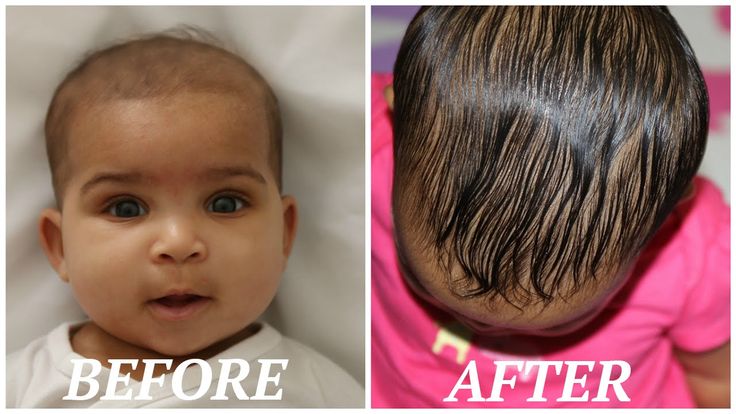
Deep condition weekly
When you style, incorporating a deep conditioner helps give your mini’s hair the moisture it needs to stay healthy for the week. Depending on your child’s hair porosity, you may need to use heat with the deep conditioner.
- So Cozy Sweet Strawberry Conditioner
- Aunt Jackie's Curls & Coils Kids Soft & Sassy Super Duper Softening Conditioner
- Mixed Chicks Kids Conditioner
- Cantu Care for Kids Nourishing Conditioner
Trim when necessary
Cutting off those excess knots and split ends helps retain length. Do not neglect split ends because they will continue to break, which damages more of the hair.
Protect her hair at night
Satin pillowcase, scarf, and bonnets. It does not hurt to use all three.
Keep the hair moisturized
Anytime your child’s hair is dry, make sure you add moisture with water first and then sealed with a leave-in product or styling cream. When the hair is too dry, it is prone to breakage.
Do not use too much heat
The best way to keep the hair healthy is by using little to no heat on the hair.
Keep calm, be patient
Growth does not happen overnight. However, when the results are evident, it will be worth it.
Thats why Zoe is so unique
Her hair is full of curl power that can be washed and styled, just like your real hair. Even though Zoe’s hair does not get longer, it is perfect to practice different hairstyles and even teach your child how to wash and style her hair.
Zoe is now available on healthyrootsdolls.com. She is in high demand, and we have limited products. Sign up for our newsletter below to stay in the know with Zoe and Healthy Roots Dolls.
How to Make Baby Hair Grow Faster and Fuller: 10 Tips
One of the joys of pregnancy is imagining how your newborn will look. What color eyes will they have? Will they have black, blond, brown, or red hair? In your mind’s eye, you might even picture your baby with a full head of hair.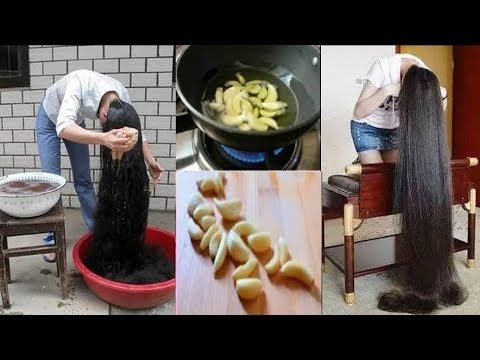
When it comes to a newborn’s hair, though, each baby is different. Some are born with thick locks, while others are as bald as a bowling ball.
No worries — this is completely normal. But if you’re looking for ways to speed hair growth, here are some simple tricks that may stimulate growth.
There’s no way to predict how much hair a baby will have at birth. Some babies are born with a lot of hair and others are born without hair. Even when a baby has hair at birth, their hair can fall out shortly after delivery, then later regrow.
Understand that it’s completely normal for a newborn to have no hair or to have hair loss! It doesn’t indicate an underlying health problem.
The color and quantity of a baby’s hair at birth is largely due to genetics. Typically, hair growth occurs at about the 30th week of pregnancy. If your baby starts to grow hair in the womb, they’ll likely be born with hair on their head.
Hormones also play a role in the amount of hair a newborn has.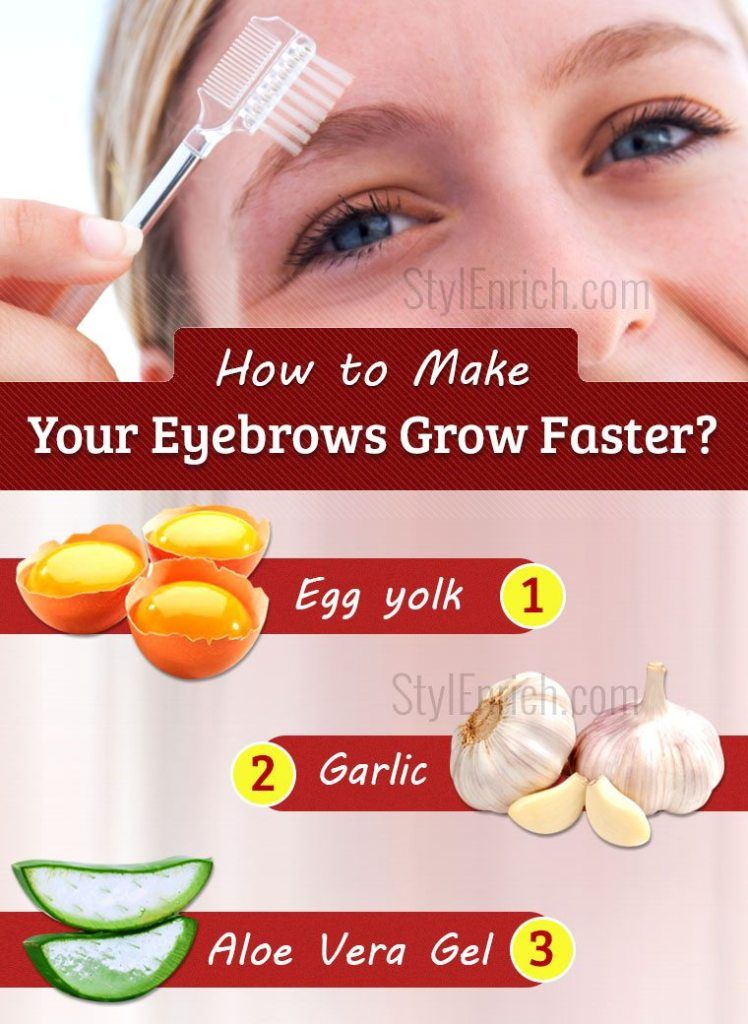 Inside the womb, hormone levels are high, which can accelerate hair growth.
Inside the womb, hormone levels are high, which can accelerate hair growth.
After delivery, though, hormone levels drop at a fast pace. As a result, a baby’s hair growth slows down.
Shortly after birth, a newborn’s hair also enters a new growth cycle. When this occurs, their hair might fall out. The baby then remains bald until their new hair grows in.
The bottom line is that there’s no reason to be overly concerned about hair loss. But, understandably, you might be eager for your baby’s hair to grow. If so, here are a few things you can do.
Coconut oil is rich in natural vitamin E, which is a nutrient with antioxidant properties. It’s not only beneficial to the skin — it can also promote hair growth by improving blood circulation to the scalp.
Coconut oil also adds shine to hair and may prevent hair loss.
In an older 2003 study, researchers found coconut oil to be useful on hair when used as a wash or grooming product. When combined with sunflower and mineral oil, it helped reduce hair protein loss.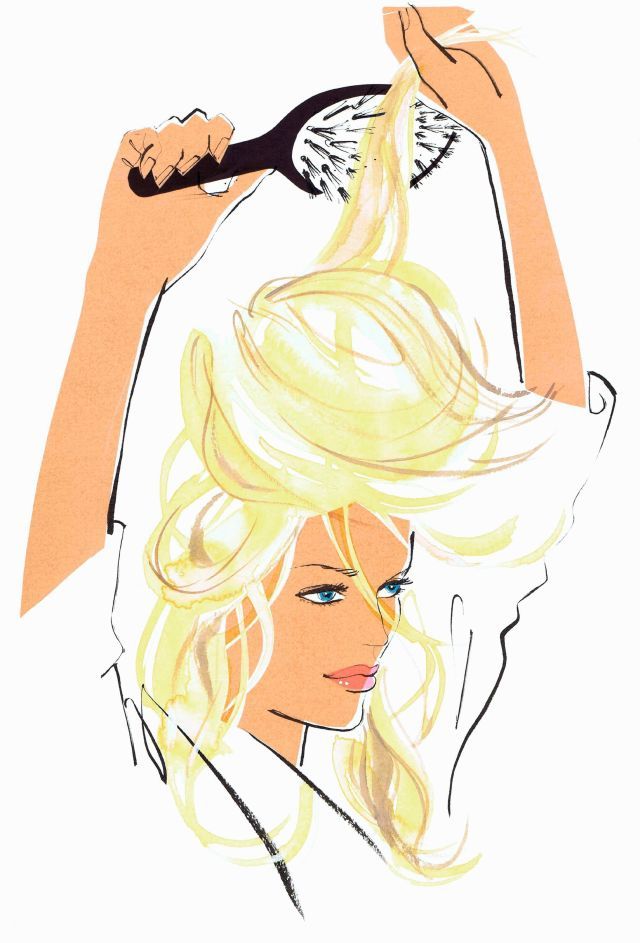
To help stimulate thicker, fuller hair, gently apply coconut oil to your baby’s scalp a few times per week. This doesn’t only moisturize their hair; it can also help eliminate cradle cap.
Use organic or extra-virgin coconut oil — it’s unrefined, meaning it hasn’t been processed. Apply a small amount to your baby’s scalp and allow the oil to sit for about 20 minutes. Rinse their scalp with warm water.
Gently combing, brushing, or massaging baby’s scalp can also stimulate hair growth. This is because regular grooming can loosen cradle cap and remove dry skin.
In addition, brushing encourages blood circulation to the scalp and hair follicles. After applying oil, gently massage your baby’s scalp with your fingers for a few minutes.
This helps with hair growth and relaxes your baby — so (bonus!) don’t be surprised if they fall asleep.
You might be nervous to wash your baby’s hair, but regular shampooing keeps their scalp clean and also loosens cradle cap.
Once baby is out of the newborn phase (during which you need to bathe them only about once per week), wash their hair every 2 or 3 days. Make sure you use lukewarm water and a gentle baby shampoo.
The accumulation of dirt on your baby’s scalp can cause dryness, which can slow hair growth.
The same way you might apply hair conditioner to your hair after shampooing, you can also use conditioner on your baby’s hair.
Conditioner is a moisturizing agent that replaces moisture stripped away by shampoo. It helps protect and strengthen the hair, which can promote growth and reduce breakage.
Hair conditioner is especially important if your baby has textured or curly hair, which can be prone to dryness. Apply conditioner after shampooing, then rinse the product from your baby’s hair with warm water.
Again, choose a kid-friendly conditioner that’s gentle and tear-free.
When drying your baby’s hair after shampooing and conditioning, be as gentle as possible.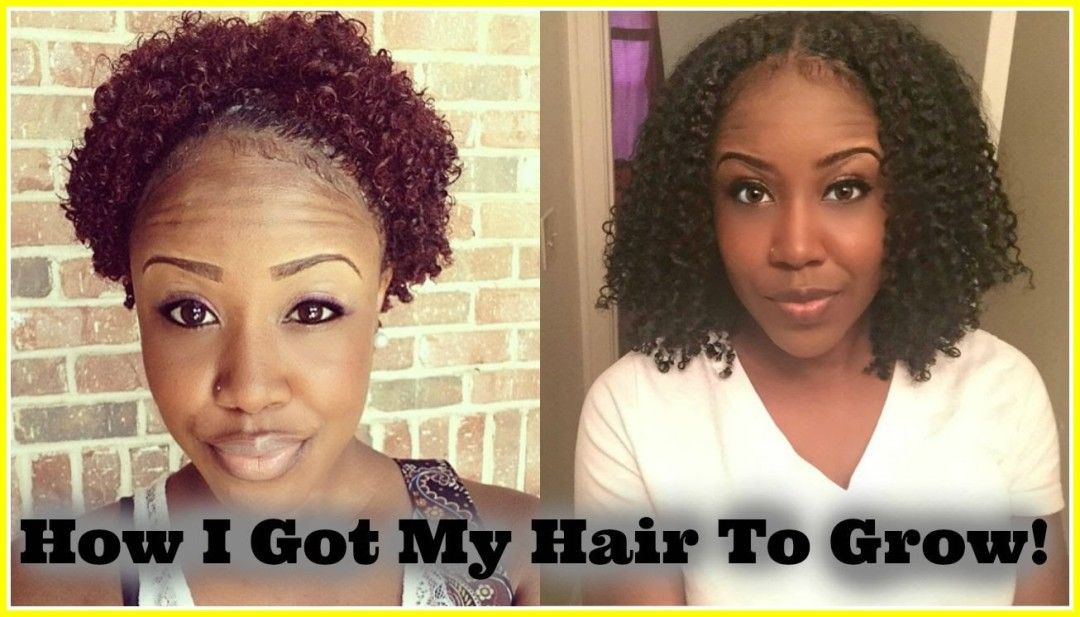 Use a soft towel to lightly dry their hair.
Use a soft towel to lightly dry their hair.
Using a hard or rough towel can potentially damage their young hair follicles and slow hair growth.
Keep in mind that textured or curly hair can easily tangle and form knots. These knots can break off, causing your baby to lose hair.
Each day, gently use a soft brush to detangle your baby’s hair.
A healthy, balanced diet is crucial to helping your baby grow thicker, fuller hair.
If baby is at least 6 months old and eating solid foods, feed them foods rich in iron, vitamin A, B vitamins, vitamin D, zinc, and protein.
For example, baby-friendly vitamin A foods include:
- butternut squash
- pumpkin
- carrots
- mango
Foods rich in B vitamins include:
- beans
- meat
- eggs
- whole grains
- potatoes
Vegetables like leafy greens are rich in iron, which helps carry blood and oxygen to the hair follicles and stimulates growth.
If you’re breastfeeding, it’s important that you maintain a healthy diet, too.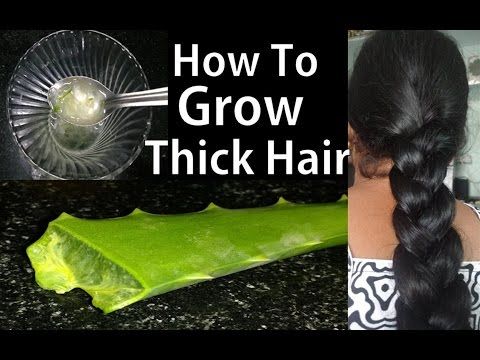 Your diet is essential to your baby’s growth and development. The foods you eat can also encourage hair growth.
Your diet is essential to your baby’s growth and development. The foods you eat can also encourage hair growth.
Gelatin is an amino acid that can stimulate hair growth when applied to a baby’s scalp.
Mix 1 teaspoon of gelatin powder with water. You can also include a teaspoon of honey and a teaspoon of apple cider vinegar to the mixture.
Honey is an antioxidant that restores nutrients to the hair and scalp. Meanwhile, apple cider vinegar helps promote hair growth.
Apply the gelatin mixture to your baby’s scalp and allow it to sit for 10 to 15 minutes. Rinse out the gelatin and shampoo your baby’s hair as normal.
If your baby has a few remaining strands of hair, you might be tempted to pull them back into a small ponytail or use a hair clip. But tying your baby’s hair too tight can damage their hair follicles and cause hair loss.
Rather than use a ponytail holder, use a silk headband — it’s gentle on the hair.
Some parents hesitate to give their baby a haircut.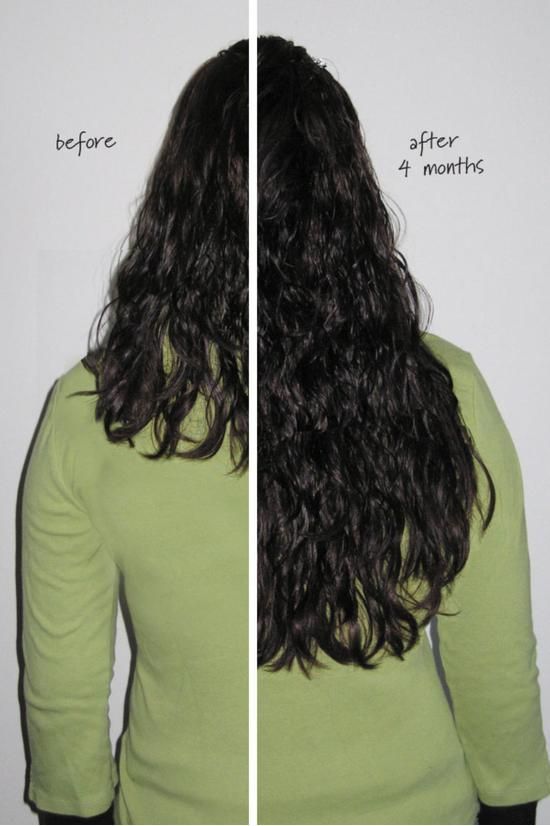 But if your baby has hair loss or bald spots, a haircut can get rid of patchiness and allow their hair to grow in evenly.
But if your baby has hair loss or bald spots, a haircut can get rid of patchiness and allow their hair to grow in evenly.
One belief is that a haircut can jump-start hair growth. However, this idea isn’t backed by science.
If you decide to cut your baby’s hair, trim longer strands first. Don’t use a razor — you might accidentally cut your baby’s scalp. Use a hair trimmer instead.
After cutting baby’s hair, apply a moisturizer to their scalp to reduce dryness.
Whether your baby is born with hair or without hair, know that it’s perfectly normal for infants to have problems with hair growth or experience hair loss after delivery.
In most cases, hair growth will occur within the first 6 to 12 months. But, of course, if you have any concerns, don’t hesitate to contact your doctor with questions.
How to make a child's hair thicker
Rus.Delfi.lv |
Photo: Shutterstock
The density of hair in a child depends on the number of hair follicles, or, in other words, hair follicles. The more of them, the thicker the hair, respectively. The number of follicles depends on the genetic predisposition and remains unchanged throughout life. But among them there are those that are in a "sleeping" state. If they are activated, the hair can become thicker. This requires proper hair care from birth, the portal "How simple" is sewn.
The more of them, the thicker the hair, respectively. The number of follicles depends on the genetic predisposition and remains unchanged throughout life. But among them there are those that are in a "sleeping" state. If they are activated, the hair can become thicker. This requires proper hair care from birth, the portal "How simple" is sewn.
A child can be born with thick, very soft, dark hair, or, conversely, no hair at all. This first fluff will disappear within the first three months of life and does not require special care. Just rinse it once a week with warm water while bathing.
Then coarser hair appears, which later, already during puberty, will be replaced by "real adults". The active period of their growth falls on the age of the child 2 - 3 years. It is at this time that you pay special attention to hair care.
Wash your hair no more than once a week , gently touching the scalp. The water temperature should be slightly higher than body temperature.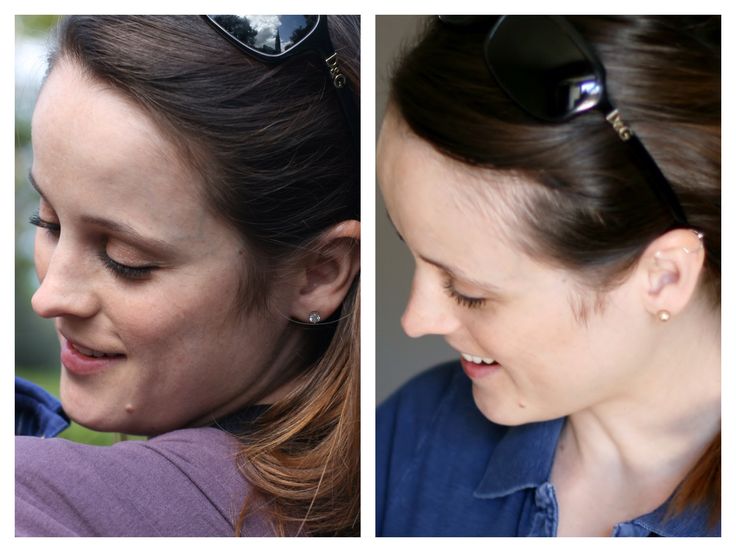
Try to choose the right baby shampoo . It is desirable that it does not contain the substance lauryl, which often leads to dryness and flaking, and the acidity index pH is in the range from 4.5 to 6. After washing, to strengthen the roots, rinse your hair with nettle infusion.
After swimming just blot your hair , do not dry it too thoroughly. Do not comb wet hair and do not use a hair dryer to dry.
Give your child a daily head massage . To do this, purchase a baby hair brush made of natural bristles or a wooden comb. In the morning and evening, comb your hair gently in the direction of growth for at least two minutes. This procedure stimulates blood circulation, enhancing nutrition and, accordingly, hair growth and density.
Do not braid girls too tight braids . This leads to thinning hair and the appearance of bald patches. Choose soft hair bands, do not use metal hair clips.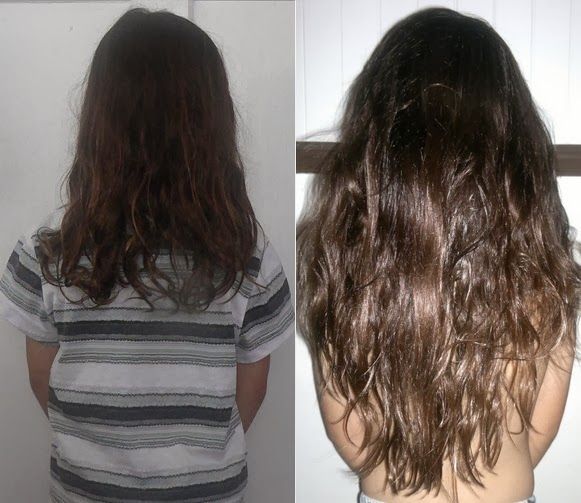
Trim the ends of your hair at least once a month . So they will grow better and look neater. But a one-year-old child should not shave off all the hair. The statement that thick hair will grow after this is a myth that does not have any confirmation.
Hair is one of the indicators of general health. Therefore, pay special attention to the nutrition of the baby . Vitamins B, A and E contribute to the growth and strengthening of hair. Make sure that all of them are present in the baby's diet according to age.
Noticed an error?
Select the text and press Ctrl + Enter!
How to grow hair: 14 simple tips that will definitely help
August 4, 2021LikbezLife
Forget about extensions, miracle pills and salon treatments.
Share
01. Do not wash your hair every day
Shampoo removes not only dirt, styling products, but also sebum, which moisturizes and protects the skin and hair.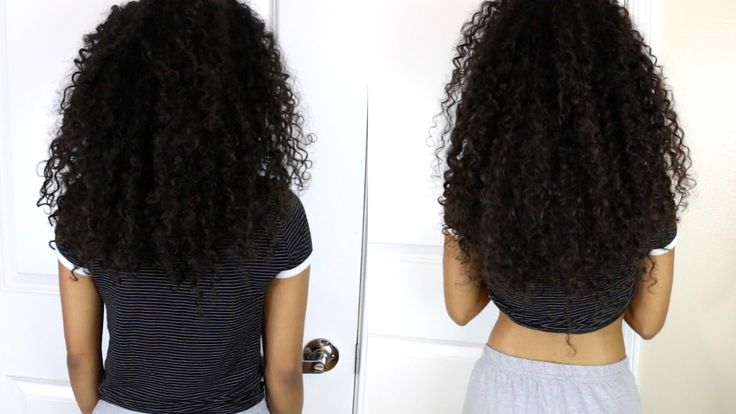 Therefore, due to frequent washing, the hair loses its natural shine, becomes weaker and more susceptible to aggressive external factors.
Therefore, due to frequent washing, the hair loses its natural shine, becomes weaker and more susceptible to aggressive external factors.
Anastasia Voroshilova
Stylist.
In addition, the hair gets dirty very quickly. After all, it turns out that every day we wash off our protective layer and the skin goes into a stressful state. Because of this, sebum begins to be produced in excess. So we drive ourselves into a vicious circle.
Experts recommend gradually increasing the intervals between treatments. Ideally, you need to wash your hair 2-3 times a week, but by no means every day.
2. Use sulfate-free shampoos
This product should be free of SLS (Sodium Lauryl Sulfate) and SLES (Sodium Laureth Sulfate). Instead of sulfates, due to which foam is formed, sulfate-free shampoo contains natural ingredients. That is why it cleans more gently than usual and does not wash away sebum so much.
True, these shampoos have a drawback. They don't foam well. But after a few uses, you'll get used to it.
But after a few uses, you'll get used to it.
Whichever shampoo you choose, remember to only apply it to the roots. For the rest of the length, the amount of product that drains with water will be enough.
3. Avoid hot water
Lower the temperature at least during the rinse. Cool water closes the scales, and therefore the hair is not so frizzy and looks healthy and shiny.
And don't forget to use a conditioner or conditioner. These products also seal the scales. And the balm not only smoothes the hair, but also fills it with useful components: oils, proteins and minerals.
4. Nourish and moisturize your hair with
masks Photo: plprod / ShutterstockHair masks should be used regularly, about a couple of times a week. But if the tips are dry and split, then you can conduct an intensive recovery course and use the mask more often.
How to choose a store-bought hair mask
Choose a mask that says "nourish", "moisturize" or "repair" on the package. Don't rely on products that promise "irresistible shine" and "incredible shine."
Don't rely on products that promise "irresistible shine" and "incredible shine."
As for the composition, it should contain as many natural ingredients as possible, primarily oils. Moreover, the order of listing on the label is very important. If you see oil, but it is at the very end of the list, then this component is negligible in the mask.
Apply the mask first on the ends, and then spread it along the length of the hair, stepping back from the roots about 10 cm. Do not rub the mask into the roots: they do not need such strong moisturizing.
The mask from the beauty store usually needs to be kept on for up to 30 minutes. Therefore, follow the instructions and do not rush to wash it off: let the beneficial components soak into your hair.
How to make homemade hair masks
You can also make a mask yourself. It is better to use recipes tested by mothers and grandmothers. For example, a kefir mask is suitable for smooth hair. You will need 1 cup of slightly warmed low-fat kefir.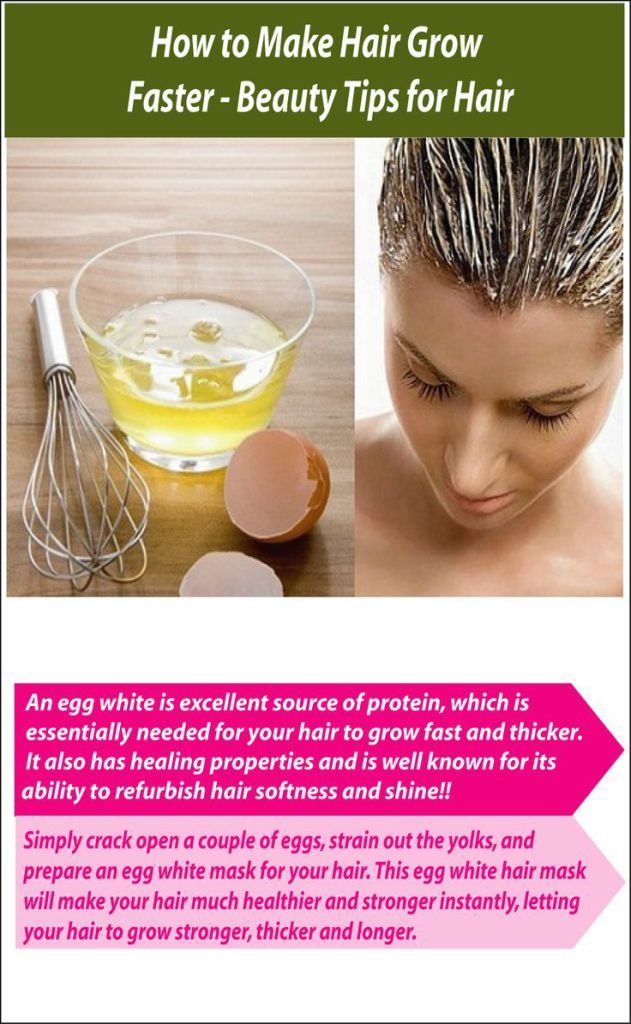 It must be rubbed into the roots and distributed over the entire length of the hair. To enhance the effect, you can wear a hat. Leave the kefir on your head for 30-40 minutes and then rinse it off with lukewarm water. If desired, you can wash your hair with shampoo.
It must be rubbed into the roots and distributed over the entire length of the hair. To enhance the effect, you can wear a hat. Leave the kefir on your head for 30-40 minutes and then rinse it off with lukewarm water. If desired, you can wash your hair with shampoo.
Another proven method is a honey mask. Mix an egg yolk, 1 tablespoon honey and a few drops of lemon juice. Apply the mixture to clean hair and wash off after an hour.
Try 👩
- 6 honey masks for the beauty and health of your face and hair
5. Use hair oils
Hair oil has long been recognized as a must-have. This product is applied to damp hair or dry hair after styling. It visibly nourishes the tips, closes the scales, gives the hair density and a healthy appearance.
Be careful when choosing a multicomponent oil. Carefully read the composition and focus on natural ingredients. The fact is that in some products there are no natural oils. Yes, they will make your hair shiny, but not for long.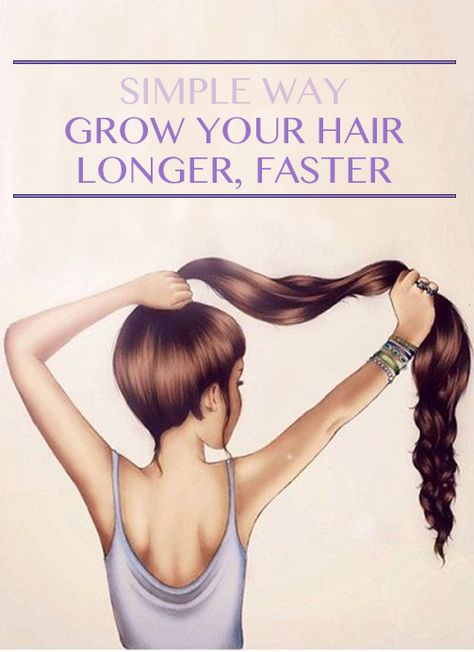 You will not get any deep hydration.
You will not get any deep hydration.
As for application, the main thing here is not to overdo it. All you need is a couple of drops of oil. It is better to rub the product in the palms of your hands and only then distribute it through your hair.
One-component pharmacy oils also nourish and restore hair well: almond, burdock, grape or apricot kernels, and coconut. The benefits of the latter have been scientifically proven. In the course of the study, it turned out that the molecules of coconut oil are so small that they can penetrate the hair and improve the appearance of the hair.
True, you will have to tinker with ordinary oil from a pharmacy. Apply the product to damp hair, preferably at the ends, and leave for several hours. To enhance the effect, you can wrap your head in a towel or put on a special hat. The heat will speed up the work of the oil. After that, wash your hair with shampoo and style.
6. Be careful with hair growth activators
These products can be classified as heavy artillery.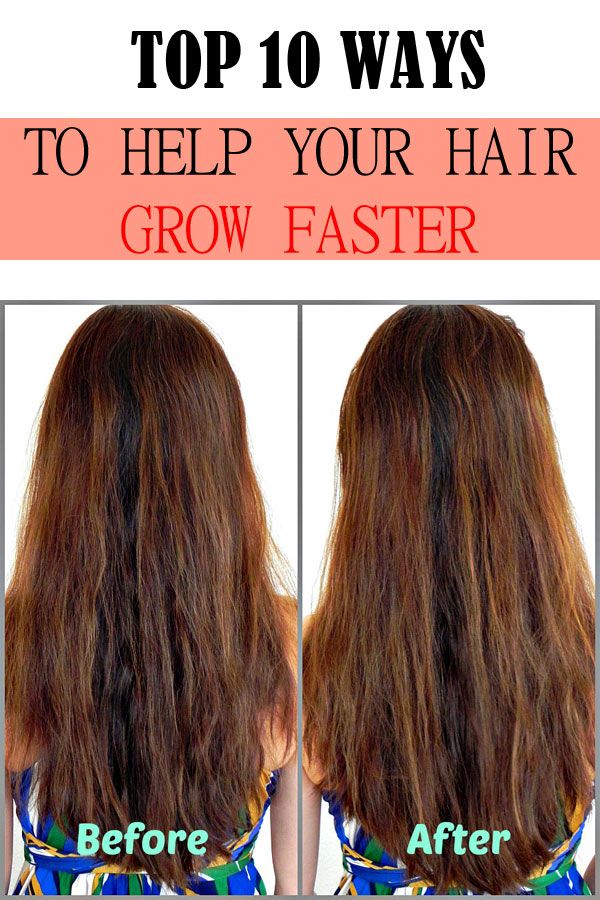 But stylists do not advise buying all the products whose manufacturers promise you a quick result. Experts are especially skeptical about shampoos for hair growth.
But stylists do not advise buying all the products whose manufacturers promise you a quick result. Experts are especially skeptical about shampoos for hair growth.
Anastasia Voroshilova
Stylist.
Hair growth shampoos are often just a marketing ploy. After all, with the help of this product we clean the hair. We do not leave the product on the hair, but wash it off immediately. Therefore, the active substances, even if they are there, simply do not have time to act. Plus, these shampoos are aimed specifically at the roots of the hair, the rest of the length is ignored.
Activators are also available as a peel, lotion, spray or mask. If you believe the reviews of stylists and their clients, warming hair masks really work. Hot mixes improve blood circulation, nourish hair follicles, and hair grows faster.
There is now a fairly large selection of such masks in stores, and brands of professional hair cosmetics also produce them. But even the products of reliable manufacturers must first be tested on a small area of the head and applied strictly according to the instructions.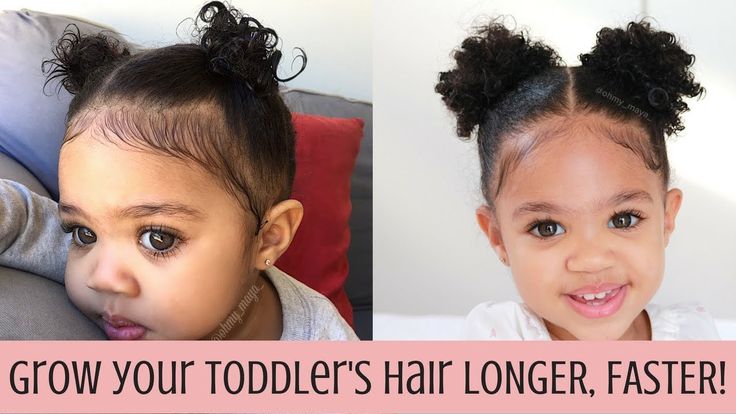
Anastasia Voroshilova
Stylist.
Be extremely careful with warming masks. In some people, the skin on the head is so thin and sensitive that even a mask with a harmless composition can harm it. This can eventually lead to the opposite effect: the hair will begin to fall out. Also remember that such masks are applied only to the roots, so as not to overdry the length.
Home masks will also help to speed up hair growth. First of all - on the basis of mustard powder. You will need:
- 2 tablespoons of dry mustard powder;
- 2 tablespoons hot water;
- 1 yolk;
- 2 tablespoons olive oil;
- 1 teaspoon sugar.
Mix all ingredients until smooth. Then apply the mixture to the roots. To protect the tips from contact with the mask, apply any oil, such as olive oil, to them. It is recommended to keep the composition from 15 minutes to an hour: be guided by the condition of the scalp. Then wash off the mask with shampoo and apply conditioner.
Take note 🧑
- Onion mask for hair loss: why you should try it and how to do it right . Daily hot air drying will deplete your hair. And irons or curling irons, which heat up to about 200 degrees, turn the tips into lifeless straw.
Therefore, try to dry your hair naturally: wake up an hour early, wash your hair, pat your hair dry with a towel and do household chores.
If you can't give up styling tools, give your hair a break at least a couple of times a week.
8. Use heat protection products
If you have to style your hair at work or for an occasion, you can use a hair dryer, curling iron or flat iron as an exception. Be sure to apply a heat protectant to your hair first. Do not wait for moisturizing and healing. The product will simply create a film on the hair that will protect them.
Just read the instructions carefully: manufacturers usually write the maximum temperature at which the product works.
9. Don't wrap your hair in a towel
Even drying your hair naturally can damage your hair.
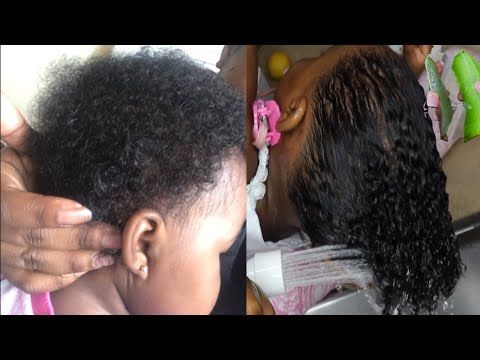 Therefore, it is important to choose a suitable towel: it should be soft, with a short nap.
Therefore, it is important to choose a suitable towel: it should be soft, with a short nap. Do not rub or wring out the hair. Just gently pat your hair dry with a towel.
Experts do not recommend wrapping your head in a tight turban. Remember that wet hair is especially vulnerable and easily damaged.
10. Don't go to bed with a wet head
Never wash your hair before going to bed if you know that you won't have the time and energy to dry it. Sleeping with wet hair is a disaster.
First, during the night, friction against the pillow will damage your wet ends. Secondly, in the morning you will wake up with tangled hair sticking out in different directions. And then your hand will definitely reach for the hair dryer or ironing.
11. Replace pillowcases
Hair can break and split even due to hard bedding. Therefore, allow yourself silk pillowcases. They do not injure your hair so much and will save you from having to comb out tangles in the morning.

12. Comb your hair gently
Photo: nelen / ShutterstockWet hair is best left undisturbed. Wait for them to dry. Or use detangling products: sprays will additionally moisturize the hair and detangle it for you.
You need to start combing not from the roots, but from the ends, gradually moving up. That way you won't pull out your hair.
Experts also recommend brushing your hair regularly before going to bed. Firstly, in the morning there will be fewer tangles. Secondly, in this way you distribute sebum through your hair, which means you moisturize it.
13. Go to the hairdresser regularly
The desire to save every millimeter is understandable and natural. But still accustom yourself to regularly visit the hairdresser. No matter how you take care of your hair, over time they are somehow depleted: they split, break off, and you lose length. And in general, lifeless, unkempt tips will spoil any hairstyle. Masters recommend cutting hair at least once every three months.
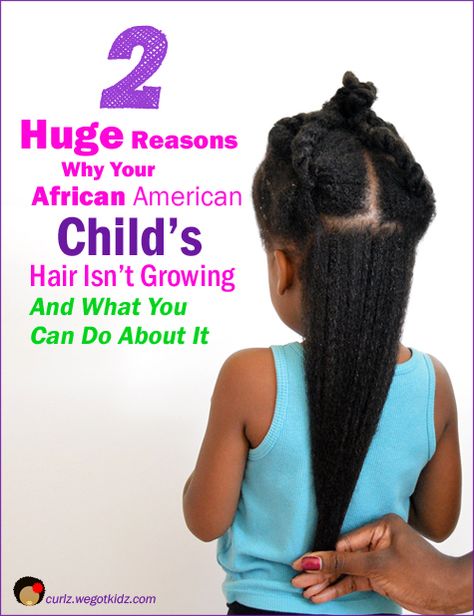
14. Eat more fish, fruits and vegetables
Oily fish such as salmon, tuna, mackerel or trout will be beneficial. These foods are rich in protein and omega-3 fatty acids.
Eat more iron-rich fruits and vegetables. For example, apples, cabbage, pumpkin. And of course, drink more water so that dehydration does not lead to dry and brittle hair.
As for pharmacy vitamins, it is better to consult a doctor before using them.
Anastasia Voroshilova
Stylist.
I do not recommend vitamins to my clients. Before you start taking them, you need to examine your body in order to understand what exactly is missing, why the hair does not grow as fast as we would like. If you blindly drink, for example, vitamins E and A, which are strongly recommended on women's forums, you can only aggravate the situation.
Humanity, unfortunately, has not yet invented a miracle shampoo. Long and shiny hair is either genes, or expensive salon treatments, or proper self-care.
